The Japanese government shows signs of more serious action by declaring a state of emergency in 7 prefectures.
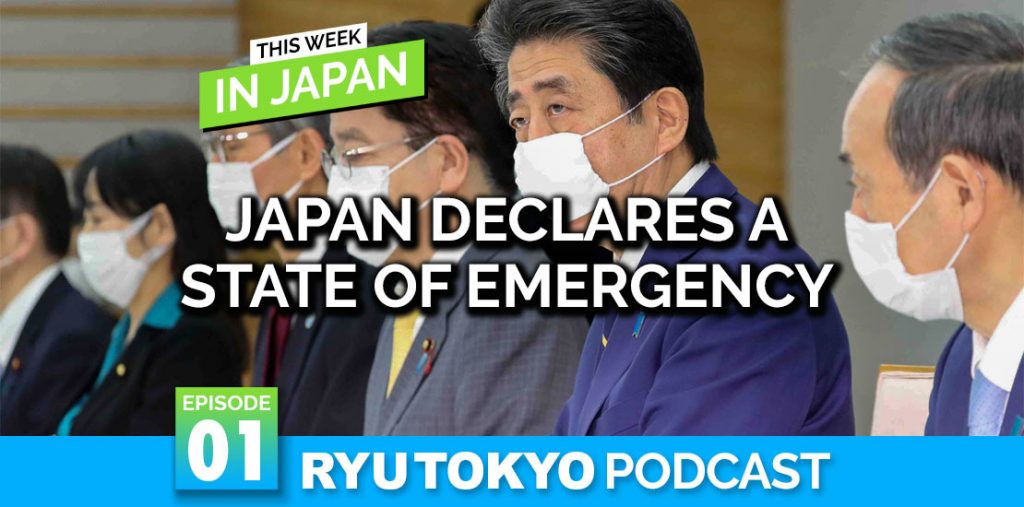
1. Preventative Measures (Two Masks)
The situation in Japan has rapidly intensified in recent weeks. It began last week with an announcement from Prime Minister Abe Shinzo, stating that the government will be providing two cloth masks to each household as preventative measures. This is a meaningful gesture to combat the spread of Corona, especially considering the recent scarcity of masks.
However, the lack of any other definitive measures inspired many citizens to turn towards social media to express their displeasure. Residents of Japan, both native and foreign-born, reacted negatively to the decision due to receiving no specifics of how masks will be given out, what to do if a family has more than two people, and when they would be distributed. #マスク2枚, or two masks, quickly rose to the top of Japanese twitter with thousands of tweets. Some tweets contained hopeful optimism, serious critique, and many, of course, jokes about masks.
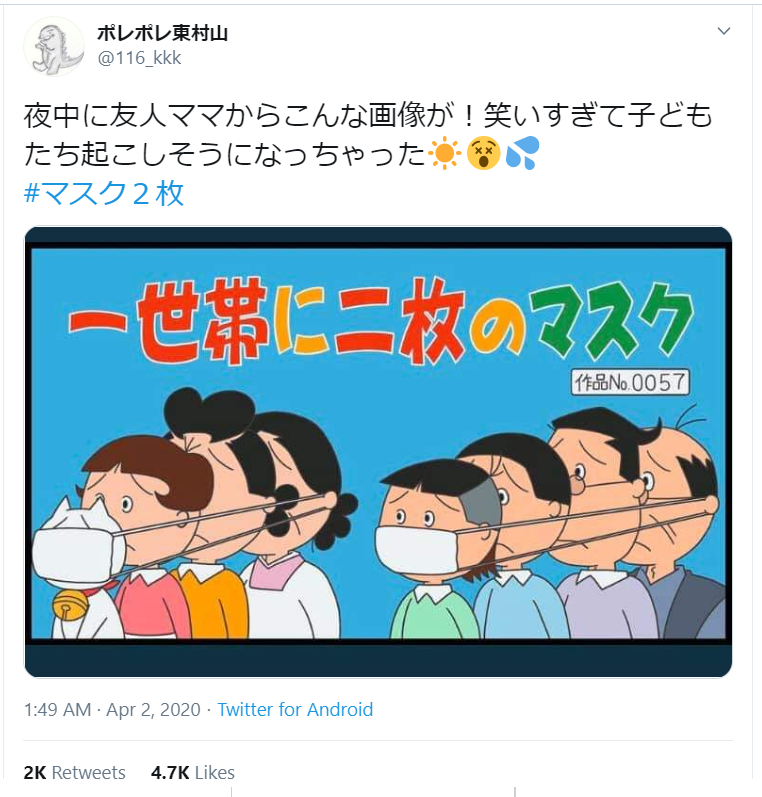
One twitter user proposes a solution to receiving only two masks per household.
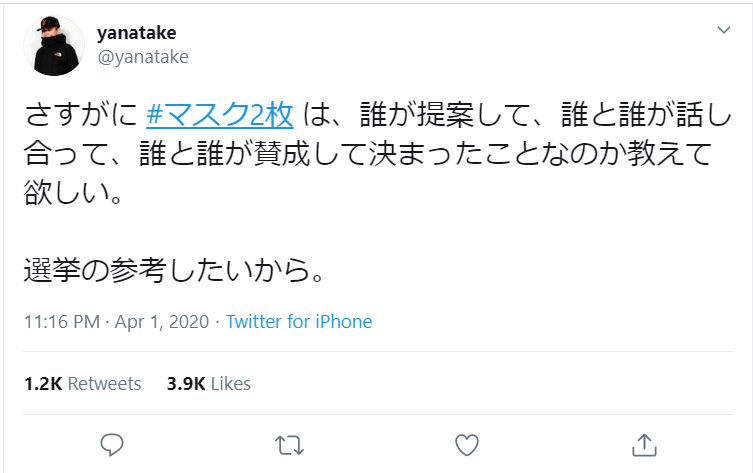
Another user tweeted “Of course we want to know who will receive the masks, who talked with who, and who agreed on and decided the #2Masks decision. Because we want to be involved in the election.”
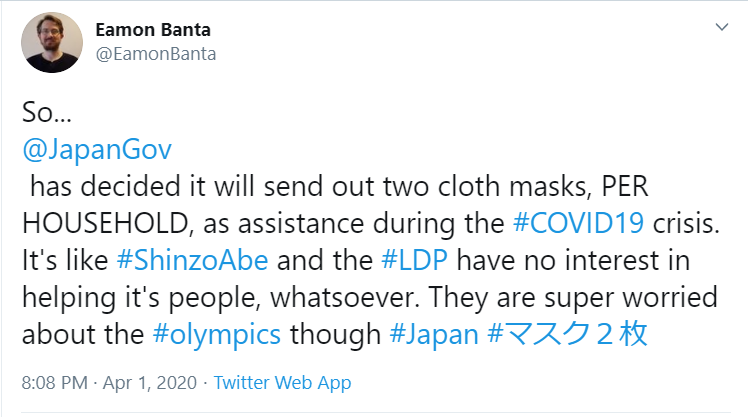
2. Entry-ban and Possible Side Effects
Days following the two-mask decree, Japan announced on April 3rd that the next policy would be banning any entry into the country from a total of 73 countries, including the United States, Canada, and Britain. While many agree that the action to ban entry into the country was already delayed, the timing of the ban could not come at a more difficult time.
Late March and April is the season when most overseas workers come to Japan to teach English. English teacher positions are often contracted yearly, resulting in a high turnover rate and a dependence on fresh teachers to come in every year and fill seats. With the ban in place, even contracts that have already been signed will not be allowed to enter the country. This is leaving many businesses severely understaffed. The English education industry in Japan, besides the tourism industry, would be directly affected by this entry-ban.
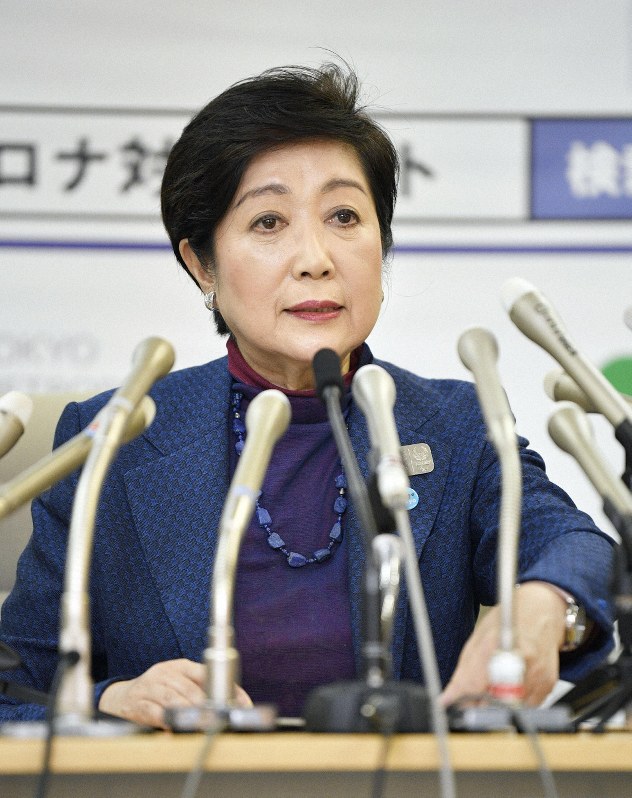
3. Growing Unrest in Tokyo and Lock Down “Requests”
Corona cases are continuing to rise at alarming numbers in and around Tokyo. More negative reactions flared after a conference by Tokyo governor Yuriko Koike, in which people were “strongly encouraged” to stay indoors during the weekend.
Many were quick to point out that even if the number of people outside were reduced over the weekend, the trains and stations overflowing with people during weekdays would not be any less immune once the week begins again. Pictures from online users showed that even with the request in place, large crowds could still be found in Tokyo. The difficulty to enforce action stems from Japan’s current legal system, making it impossible for the government to force a lockdown on citizens.
4. State of Emergency Declared
On April 7th, Prime Minister Abe Shinzo officially declared a state of emergency for seven prefectures, including Tokyo, Kanagawa, Chiba, Saitama, Osaka, Hyogo, and Fukuoka for one month until May 6th. While mandatory enforcement is still not implemented with this declaration, it does show signs of the government taking more severe action. Many companies are implementing teleworking for their employees, allowing people to work from home and minimize public transportation numbers.
Another motivation for the state of emergency is to give more power to the government amid building pressures on the health care system. Whether testing positive or not, until now people needed a hospital bed simply to test for COVID-19. The amount of space and hospital beds required to test and treat the steadily increasing patients was undeniably insufficient.
With the State of Emergency now in place, buildings can be seized to be used as make-shift hospitals and treatment facilities. Extending the period of time or number of prefectures will be determined in the coming weeks by the government, primarily based on the number of new cases.
Related Articles
This Week in Japan #35 (December 11th)
This week in Japan an unexpected Nintendo item becomes a collectable, Tokyo aims to eliminate gas cars, Demon Slayer wins out over parents, and more big news stories!
This Week in Japan #34 (November 27th)
This week in Japan, the Go-To Travel campaign is suspended, former Nissan Motor chairman Carlos Ghosn’s arrests found “illegal” by U.N. council, and more big news stories!





